If you’re a driver, you know how stressful it can be to get into an accident. Even if it’s not your fault, dealing with the aftermath can be a nightmare. Insurance companies need to investigate the incident, and it can take weeks or even months to get your claim settled. In addition to the time and stress involved, there is also the issue of increased insurance premiums. However, installing an in-car dash cam can make a big difference. In this article, we’ll explore how in-car dash cams can lower your insurance premiums and why you should consider installing one in your vehicle.
Understanding In-Car Dash Cams
Before we dive into the benefits of in-car dash cams, let’s first understand what they are. An in-car dash cam is a small camera that is installed on the dashboard or windshield of your vehicle. It continuously records video footage of the road ahead, and some models even include features such as GPS tracking, speed alerts, and collision detection. The footage is typically saved on an SD card, and can be used as evidence in case of an accident.
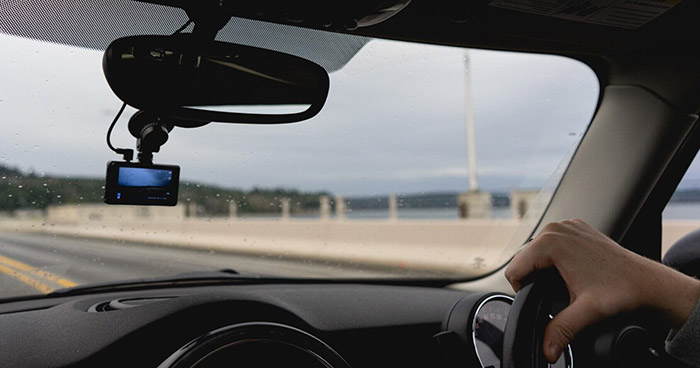
How Do In-Car Dash Cams Lower Insurance Premiums?
Now that we know what in-car dash cams are, let’s explore how they can lower your insurance premiums.
1. Provide Evidence In Case of An Accident
In-car dash cams provide irrefutable evidence in case of an accident. The video footage can be used to determine who was at fault, which can speed up the claims process and prevent fraudulent claims. Insurance companies typically reward drivers who have in-car dash cams installed by offering lower premiums, as they are seen as a lower risk.

2. Encourage Safer Driving Habits
Knowing that their driving is being recorded can encourage drivers to be more cautious on the road. This can result in fewer accidents, which can lead to lower insurance premiums. Insurance companies may also offer discounts to drivers who demonstrate safe driving habits.
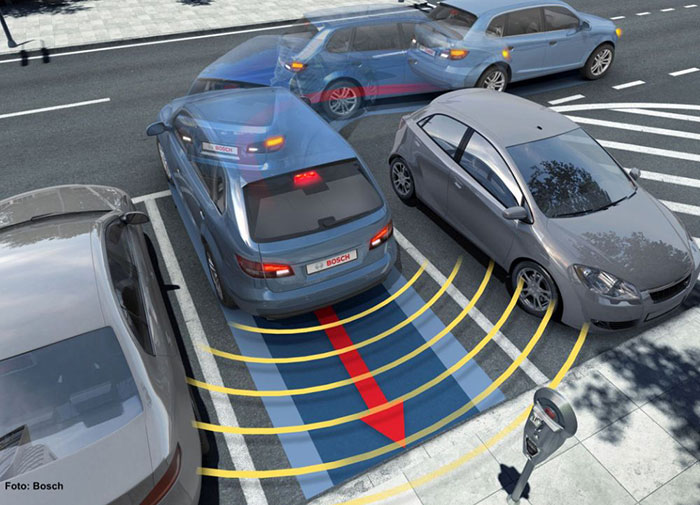
3. Prevent Insurance Fraud
Insurance fraud is a major problem, and it can be difficult to prove without concrete evidence. In-car dash cams can provide this evidence, making it harder for fraudulent claims to be made. This can lead to lower insurance premiums for everyone, as insurance companies won’t have to pay out on fraudulent claims.
Types of In-Car Dash Cams
There are several types of in-car dash cams available, ranging from basic models to more advanced ones that include features such as GPS tracking and collision detection. Here are some of the most popular types:
1. Basic Dash Cams
Basic dash cams are the most affordable option, and they typically record video footage in 1080p resolution. They may not include features such as GPS tracking or collision detection, but they still provide valuable evidence in case of an accident.
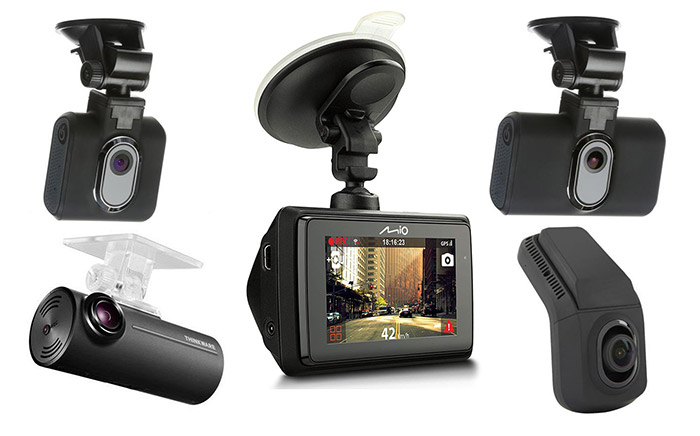
2. Advanced Dash Cams
Advanced dash cams include features such as GPS tracking, collision detection, and speed alerts. They may also have a higher resolution camera, making it easier to capture details such as license plate numbers.
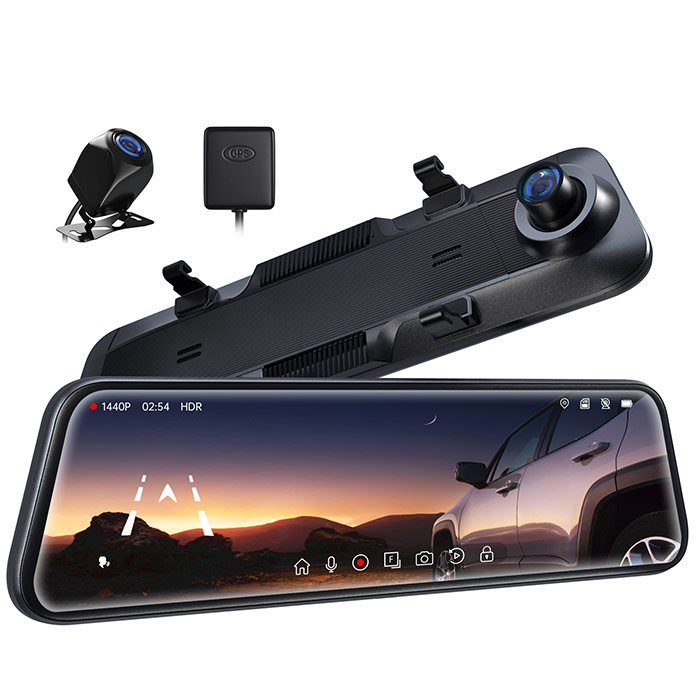
3. Rear-View Mirror Dash Cams
Rear-view mirror dash cams replace your existing rear-view mirror, and provide a clear view of the road ahead. They typically include features such as GPS tracking and collision detection, and can also provide a wide-angle view of the road.
How to Choose the Right In-Car Dash Cam
Choosing the right in-car dash cam can be overwhelming, as there are so many options available. Here are some factors to consider when choosing a dash cam:
1. Price
Dash cams range in price from under $50 to over $500. Consider your budget and what features you need before making a decision.
2. Resolution
Resolution is an important factor to consider when choosing an in-car dash cam. The resolution refers to the number of pixels in the video footage, and a higher resolution typically means a clearer and more detailed image. Most dash cams on the market today record in either 1080p or 4K resolution.
3. Features
Consider what features you need, such as GPS tracking, collision detection, and parking mode.
4. Size and Placement
Consider the size of the dash cam and where you want to place it in your vehicle. Some dash cams are larger than others, and some may be more discreet.
5. Brand and Reviews
Do your research and read reviews to find a reputable brand and model that suits your needs.
Installing an In-Car Dash Cam
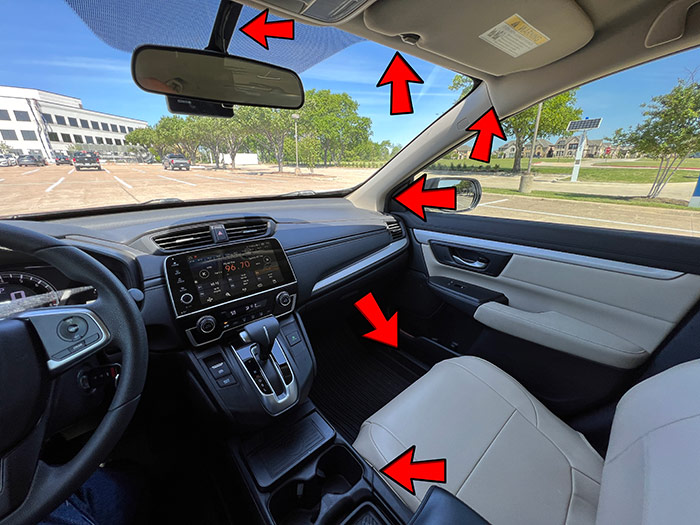
Once you’ve chosen your in-car dash cam, it’s time to install it. While installation can vary depending on the model, here are some general steps:
1. Find the Right Location
Choose a location that provides a clear view of the road ahead, without obstructing your view as the driver.
2. Mount the Dash Cam
Use the mounting kit that comes with the dash cam to attach it to your windshield or dashboard.
3. Connect the Power
Connect the power cable to your car’s power outlet, or hardwire it to your car’s electrical system for a cleaner installation.
4. Adjust the Settings
Adjust the settings on your dash cam, such as resolution and recording length.
5. Test it Out
Make sure your dash cam is working properly by testing it out on the road.
Conclusion
In-car dash cams can be a valuable addition to any vehicle, providing evidence in case of an accident, encouraging safer driving habits, and preventing insurance fraud. By choosing the right dash cam and installing it properly, you can lower your insurance premiums and have peace of mind while driving.
FAQs
[wpsm_accordion][wpsm_accordion_section title=”Are in-car dash cams legal?”]Yes, in-car dash cams are legal in most countries, including the United States and Canada.[/wpsm_accordion_section][wpsm_accordion_section title=”Will my insurance company offer a discount for having an in-car dash cam?”]Many insurance companies offer discounts for drivers who have in-car dash cams installed, as they are seen as a lower risk.[/wpsm_accordion_section][wpsm_accordion_section title=”Can in-car dash cams record audio?”]Some in-car dash cams have the option to record audio, but it’s important to check local laws and regulations before enabling this feature.[/wpsm_accordion_section][wpsm_accordion_section title=”How long can in-car dash cams record for?”]This can vary depending on the model, but most in-car dash cams can record for several hours before the footage needs to be overwritten or the SD card needs to be replaced.[/wpsm_accordion_section][wpsm_accordion_section title=”Can I use my smartphone as a dash cam?”]There are several apps available that allow you to use your smartphone as a dash cam, but it’s important to note that this may not be as reliable as a dedicated in-car dash cam.[/wpsm_accordion_section][/wpsm_accordion]



